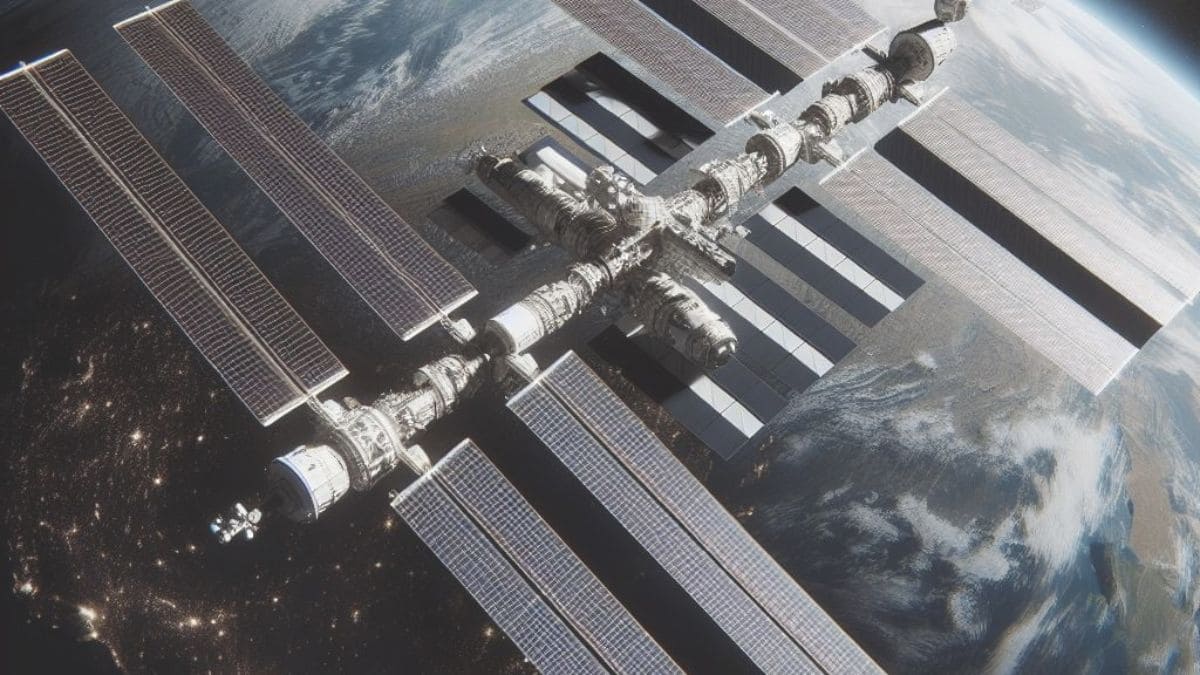Since 2015, Chinese researchers have been working to produce hydrocarbon ethylene and oxygen using artificial photosynthesis, finally they succeed in 12th experiment inside a drawer shaped device which uses semiconductor as a catalyst to convert water and carbon dioxide into oxygen and rocket fuel basic ingredients. This drawer-shaped device and semiconductor had been in development since 2015.The specifications of this technology have not been disclosed.
These devices require minimal resources and technology because they consume low electricity and operate efficiently at room temperature, standard pressure, and in microgravity. By adjusting the semiconductor catalyst, they can produce various products like methane and ethylene, which are essential for rocket propulsion fuel.
China’s astronauts from the Shenzhou-19 mission achieved this success aboard the Tiangong Space Station, which is in low Earth orbit and became fully operational in November 2022.
Meet Vyommitra: The AI-powered Humanoid Astronaut of India’s Gaganyaan Mission
Artificial Photosynthesis in Space Station

Earlier many experiments has been conducted in International Space Station but there objective was to identify how microgravity affect the plants growth. After success of the Chinese experiment there will be no need to transport rocket fuel from Earth in future.
China aims to land humans on the Moon and construct the International Lunar Research Station (ILRS). Since the Moon’s environment does not support breathable oxygen, artificial photosynthesis technology plays a crucial role in helping China achieve this goal. It enables the production of rocket fuel on the Moon, making it possible to launch rockets from the lunar surface to Mars or other extraterrestrial destinations.
Indian Space startup building fuel station in Space!
Japan Has Developed First Wooden Satellite, LignoSat, to Address Space Pollution


